Minimalism is a style used by many 20th century artists and photographers, it focuses on having a minimum amount of concepts in an image such as colour texture and shape. The style became popular within architecture,art and photography in the 20th century and is still considered a modern style. two of the first artist to make minimalist art where Frank Stella and Piet Mondrian who both used colour blocking in their work. Keld Helmer Peterson and Mirko Nahmijas were two influential photographers who took minimalist photographs in the 20th century, they both focused on architecture as their subject.
Daily Archives: October 4, 2017
Filters
Homework Task 03 – Abstract

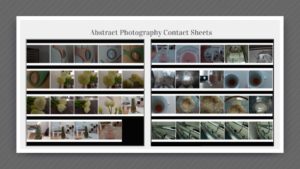

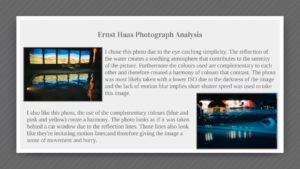
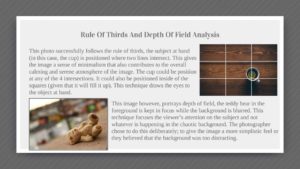
Texture- Homework 4

These photos take inspiration from Aaron Siskind focusing on texture, line and visual rhymes.

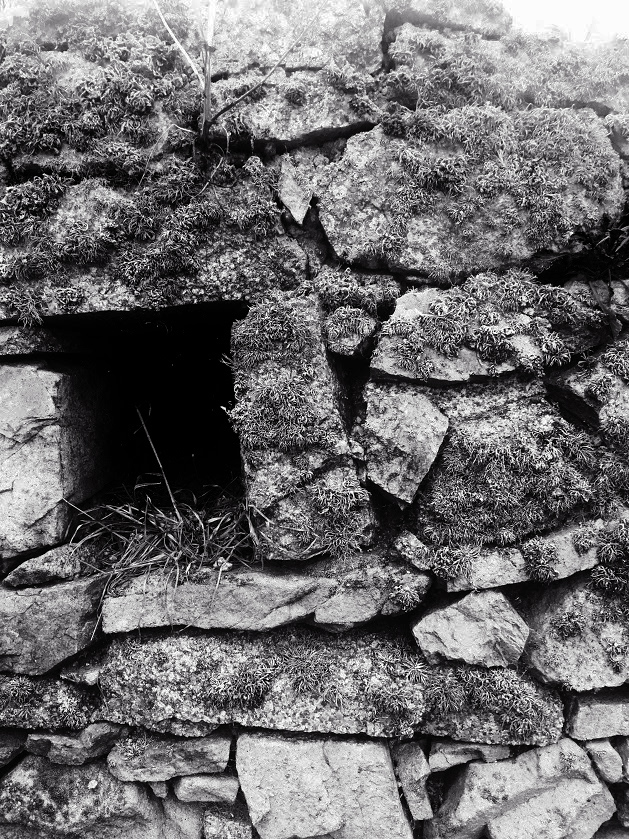
These two photos are my favourite from the shoot as they display texture of the surface, using the Ansel Adams zone system. The stones in these photographs both contain a lot of detail like the moss and weathering, making the photos more interesting. Both images contain contrasts between light and dark, the first image has contrasts from the higher level of rock and the shadows which they create below them, and the second image contains shadows through the gaps in the stones creating varied tones in the photo. Editing the photos in the contact sheet black and white makes them more similar to Aaron Siskind’s style.
These photos show similarities to Aaron Siskind’s ‘Martha’s Vineyard’ photograph:

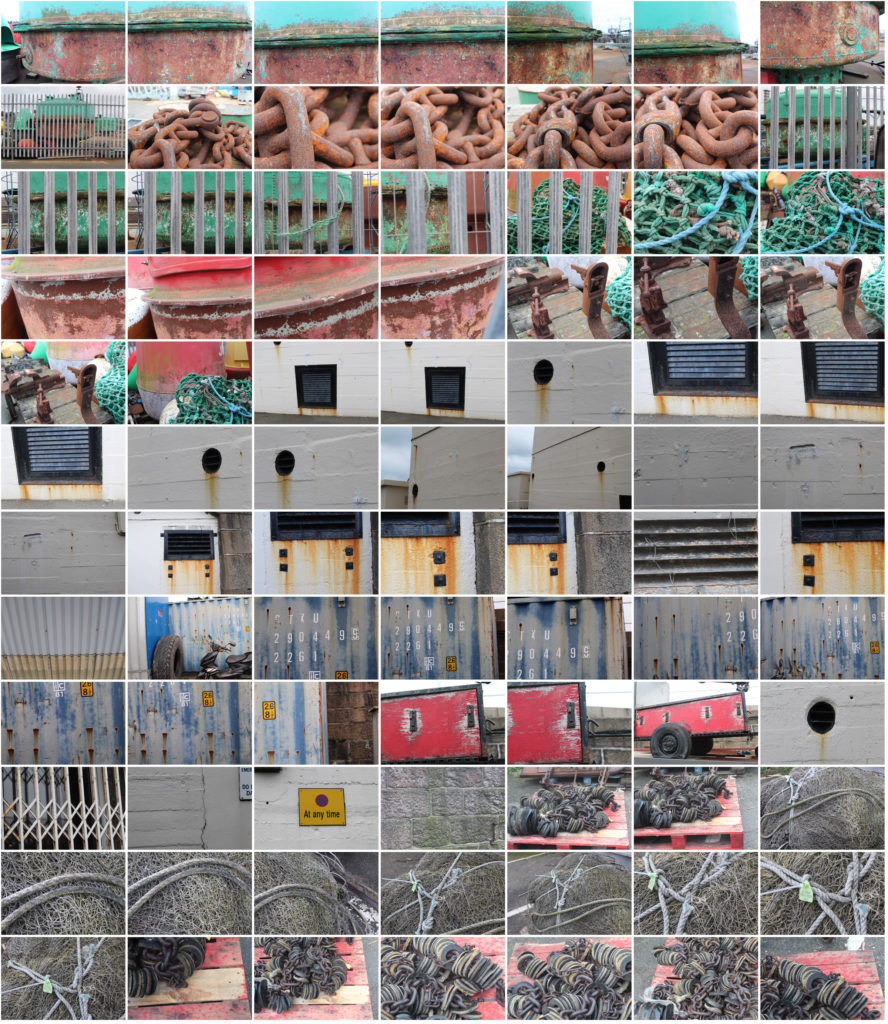
For this photoshoot I looked for objects that had been in the sea or near it so i could focus on the weathering and rusting, like Frank Hallam-Day did in his ship hull photos.
Final 5 Images from Shoot:


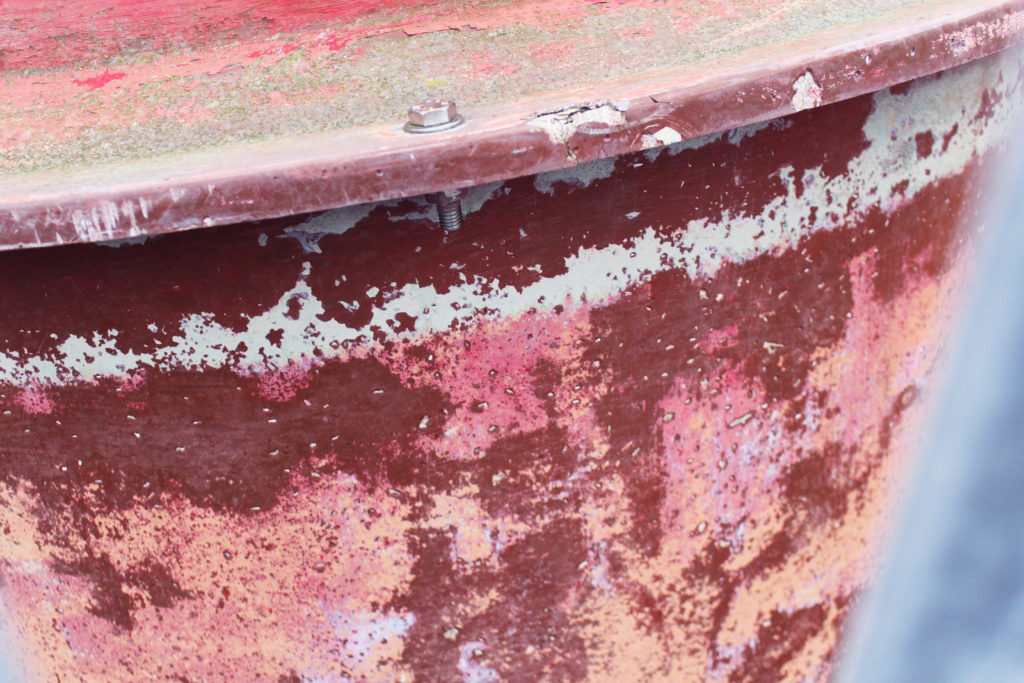
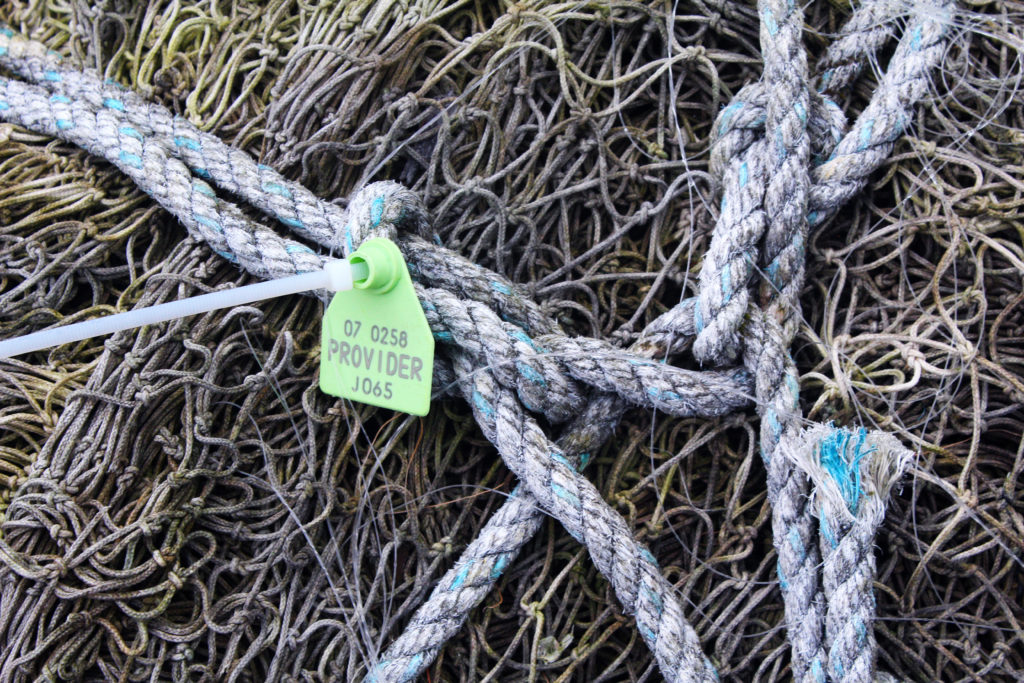
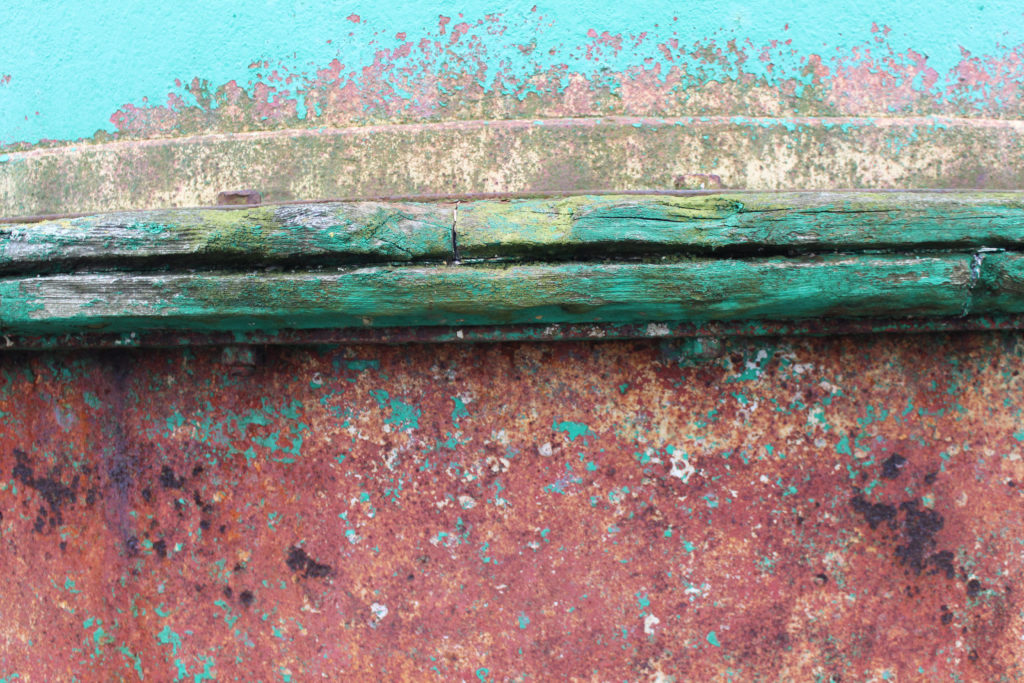
The photo which i think shows the most similarities to Frank Hallam-Days photography is image 5 as it focuses on the weathering and gradual deterioration of a man made object. It has horizontal lines, creating sections with the photo of different texture. To improve this photo i would have photographed the entire ship hull so it showed more similarities to Frank Hallam-Days work.
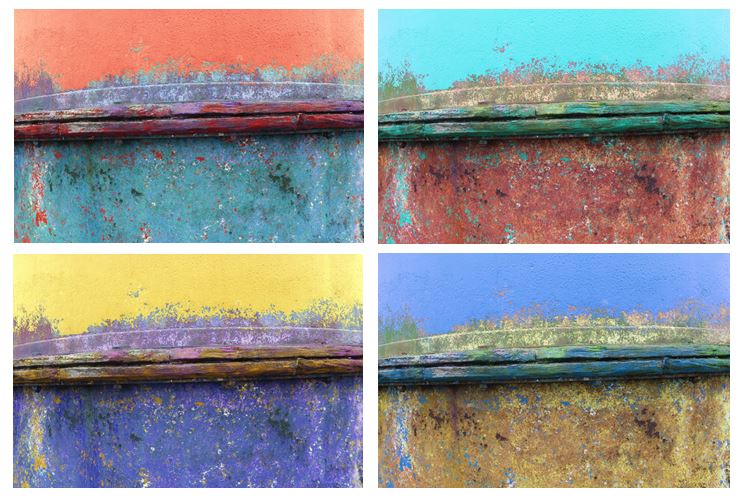
I edited the original picture and altered the hue to create different colours of ship hulls and a more varied range of photos. I tried to capture the way Frank portrays the effect of time on works of man, emphasising the rusting and weathering.
Keld Helmer Peterson


Keld Helmer Peterson was a Danish photographer who took pictures of industrial structures and edited them so that they were completely black and white, this meant there was no grey tones in the images. A more dramatic image is created with his method and it helps individual shaped stand out. he took photographs of everyday and mundane objects creating interesting geometric shapes. These images show a style called reductionism which is where something which was originally very complicated is extremely simplified.
Some of his best known work focuses on the style of minimalism as seen in his book ‘122 colour photography’ which he released in 1948. the book was very simple and included many abstract and minimal photographs often incorporating his interest in architecture. The book was innovative at the time because colour photography was no being used for artistic purposes. unlike other photographers in the 1940’s he made art out of mundane and everyday objects.
Focal Length
The focal length of your lens essentially determines how zoomed in your photos are, the higher the number, the more zoomed your lens will be and the lower the number the less zoomed tour lens will be.
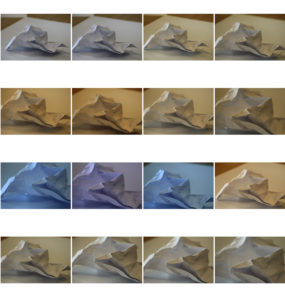
Rule of Thirds
The rule of thirds in photography
The rule of thirds is a technique that can be used in your photography to improve the composition of your photos. Using the rule of thirds means that the subject isn't centered in the image, it also means that the main focus points of the image meet up along the lines, for example in the image below the horizon approximately meets the top line of the grid and the island in the distance meets up with the cross of the lines in the corner and the boat meets up with the grid on either end of the boat, this use of the rule of thirds create an interesting composition in the photo.
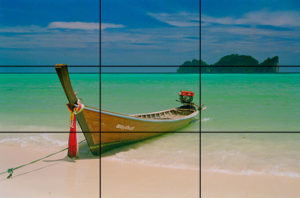
Depth of Field
Depth Of Field
Google definition of depth of field - 'The distance between the nearest and the furthest objects giving a focused image.' The smaller the area of focus is the shallower the depth of field and the bigger the area of focus is the deeper the depth of field, these factors are controlled by the aperture of the camera, a large aperture creates a shallow depth of field meaning that fewer things are in focus, and a small aperture creates a deep depth of field meaning more things are in focus.
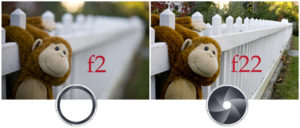
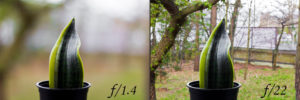
Below are some of my experiments using aperture to create different depths of field.
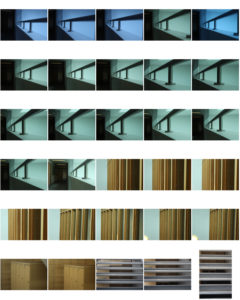
editing with threshold: keld helmer petersen
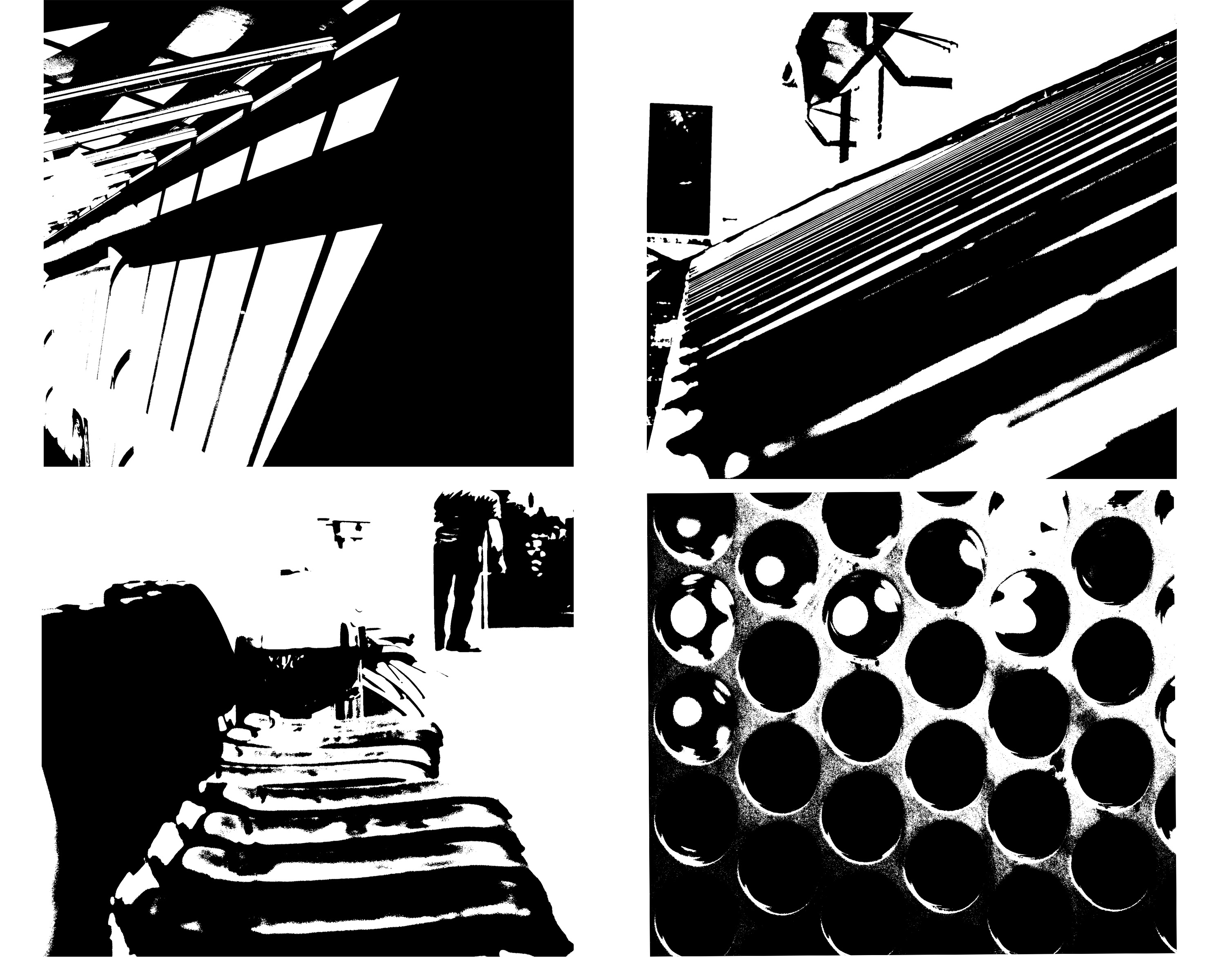
within this image it is edited to show black light within high saturated edits,then also turned into squares for an even overall finish.I was inspired by the artists Keld Helmer Petersen who wanted to achieve an international collection of experimentation shapes inspired by ranger patsch. He also developed poetic realism within his work and modernism within photography.
He eventually adapted and developed the intellectual structuralism to art and photography,he liked to capture leafs and trees against grey light and patterns created within nature.He started to become more abstract within the enlarging of his images focusing on the microcosm of nature.
I chose these images due to their defined lines and shape within the pieces. I thought the compositions of the pieces where also quite interesting as there are many dimensions and angles to the piece themselves.
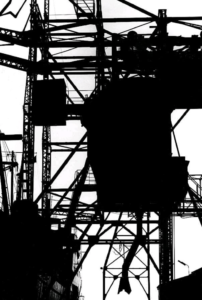
this is a clear example of his work and how he different from using more simplistic images to more complex lines but overall still achieved the same tonal range and detailed effect of the image.
